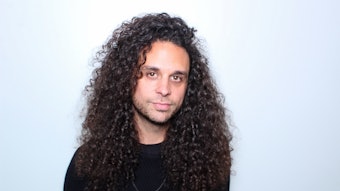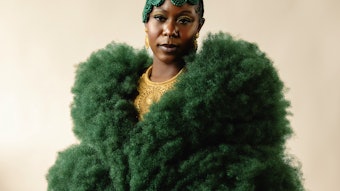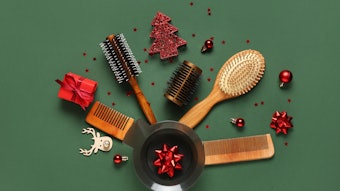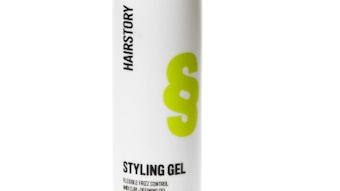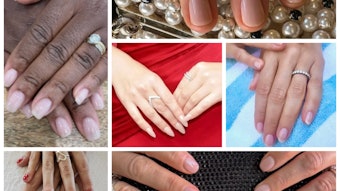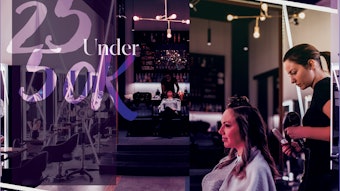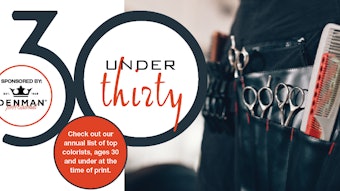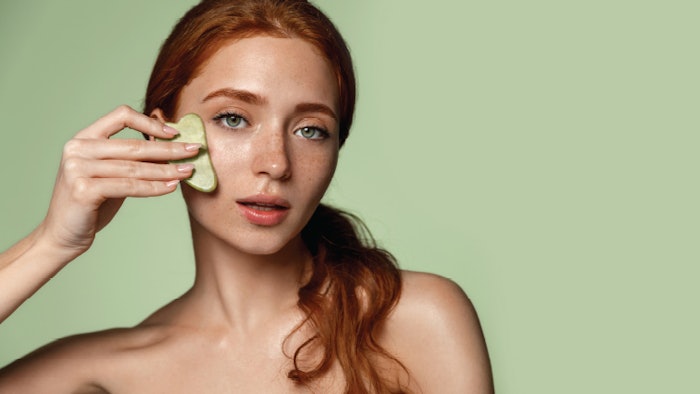
Ever heard of a “facial workout” that has been around for centuries? Enter gua sha, the lifting, firming and sculpting technique that is headlining spa menus. Similar to a personal trainer helping clients become fit and firm at the gym, professional estheticians can be described as personal “facial trainers,” who use gua sha to strengthen and sculpt their clients’ facial muscles and contours.
In gua sha treatments, the esthetician uses meridian points, lines and massage techniques to increase blood flow and improve oxygen uptake to help keep skin firm, toned, lifted and glowing. Results can be immediate. Facial contours are visibly firmer, lifted and more defined. Benefits can be maintained over time, as regular series of gua sha treatments will help clients maintain that healthier, more youthful-looking glow and an overall sense of well-being.
Where, What and How?
Thousands of years ago, the principles of gua sha first appeared in a Chinese medical text. “Gua” means “scrape” and “sha” indicates “redness,” and the practice of gua sha was seen as a method of “scraping away” different types of sickness and disease from the body. This element of Traditional Chinese Medicine (TCM) can be traced back to the royal courts, where doctors used gua sha to treat empresses and emperors of China.
The practice of gua sha and acupuncture are derived from meridian theory, which focuses on the body’s invisible pathways of energy, referred to as “qi” (also spelled “chi” and “ki”). Qi runs along meridians of energy that start or end in the face, fingers and feet. According to meridian theory, 12 primary meridian pathways run along the human body. Meridian pathways communicate between other parts of the body, including tissues and vital organs. These pathways are lined with hundreds of meridian points, similar to the points in acupuncture, and are stimulated by pressure and by specific gua sha techniques.
With gua sha, the skin is stroked along meridian points and pathways in the direction of blood flow, promoting circulation, removing toxins and waste from within the body, increasing the flow of natural energy, and restoring the proper, healthy qi balance. Three primary body systems are also activated through the process of gua sha massage. First, we will discuss the muscular system. Gua sha massage smooths wrinkles in the underlying fascia and reduces muscle tension. Second is the lymphatic system. Gua sha helps remove toxins, ease congestion and reduce swelling. Finally, gua sha massage activates the circulatory system. Gua sha has been proven to enhance microcirculation by 400% and ease chronic inflammation.
Related: Gua Sha for Sculpting + Less Stress
Saving Face
The face has direct connections to the major meridians throughout the body, so the condition of the facial skin reflects the strength of the qi flow. When pathways for the body’s natural flow of energy are obstructed, the facial skin exhibits signs of qi imbalance, often manifested as visible signs of skin aging. Gua sha facial massage helps address this imbalance.
Mastery of gua sha requires much training, but on a basic level, gua sha facial massage involves ten primary meridian points on the face. Massage strokes performed in specific directions over these points help restore balance by enhancing microcirculation, improving oxygenation, and tightening underlying fascia and facial muscles for a more lifted appearance. These facial treatments also target signs of aging by sculpting facial contours, smoothing out lines and wrinkles, improving skin tone and radiance, and promoting a sense of overall well-being.
Specially shaped tools made of green jade, white jade, black jade, bian stone, rose quartz, lapis lazuli or carnelian are often used in performing gua sha facial treatments. These “healing stones” help sweep away toxins, lift and sculpt facial contours, and promote positive transformation, both physically and emotionally. Another benefit is that these tools help transform skin, without resorting to surgical or invasive measures.
Exercise Your Options
Gua sha treatments can be excellent “add-ons” to enhance any facial, lasting anywhere from five to 20 minutes. For clients who work at computers all day and experience tension or soreness in their neck, shoulders, arms or hands, add-ons might include ear and neck clearing, or a hand and arm massage, performed with a flat jade stone or bell-shaped gua sha tool. Clients might also choose between gua sha scalp massage for the ultimate in relaxation, gua sha facial massage for sculpted facial contours, and gua sha eyelift treatment for a more youthful, rested look.
Gua Sha Scalp Massage
Scalp massage opens meridian channels throughout the body and immediately eases tension in the scalp and forehead, improves circulation, and increases blood flow to skin and hair follicles. Plus, it feels great! Use fingers to press firmly, or perform massage using scalp massage tools that are bell-shaped, circular or ridged.
Gua Sha for Face, Neck and Décolleté
The complete meridian facial massage starts at the scalp, includes the décolleté and 10 primary meridian points on the face, and culminates by sweeping toxins down the side of the neck. These gua sha strokes are performed with hands or with gua sha tools that smooth expression lines, sculpt facial contours, and increase blood circulation and oxygenation for a lifted, firmer and brighter look.
Gua Sha Eyelift
The gua sha eyelift brightens, depuffs, lifts and tightens skin around the eyes. This treatment incorporates a gua sha tool. Gua sha strokes are based on the location of meridian bladder lines (BL1, BL2), as well as meridian points at the inside edge of each brow (point 8), the point located on the forehead about a half-inch above each brow (point 9), and the point near the outer end of each brow (point 10).
Got Gua Sha?
Whether performed as a stand-alone treatment or an add-on, gua sha massage is highly effective and memorable for clients of all ages. Become skilled in gua sha treatments by attending online or in-person training. Expand your facial menu! Prescribe gua sha for older clients who want to minimize fine lines, lift sagging skin and brighten dullness. Introduce gua sha to younger clients to help reduce acne conditions, fade under-eye circles and create a healthier-looking glow. Perform gua sha on any client who wants to release tension and feel more empowered.
By offering gua sha, many estheticians become completely booked up months in advance. Create a buzz! Use social media to show before/after photos of the immediate results after a single gua sha lifting treatment, so other clients can see the transformation and be inspired to come into the spa. As with any muscular exercise or fitness regimen, gua sha facial treatments should be repeated regularly to maintain results…while also bulking up the spa’s bottom line!
Founder and CEO of Le Mieux Cosmetics and PurErb, Janel Luu has over 40 years of experience in the beauty industry as an educator, researcher and formulator. She has taught over 40,000 skin care professionals and physicians on topics ranging from the latest anti-aging cellular technology to centuries-old meridian gua sha techniques.

